“Why can’t great art happen here in Pennine Lancashire?” Introducing: Super Slow Way
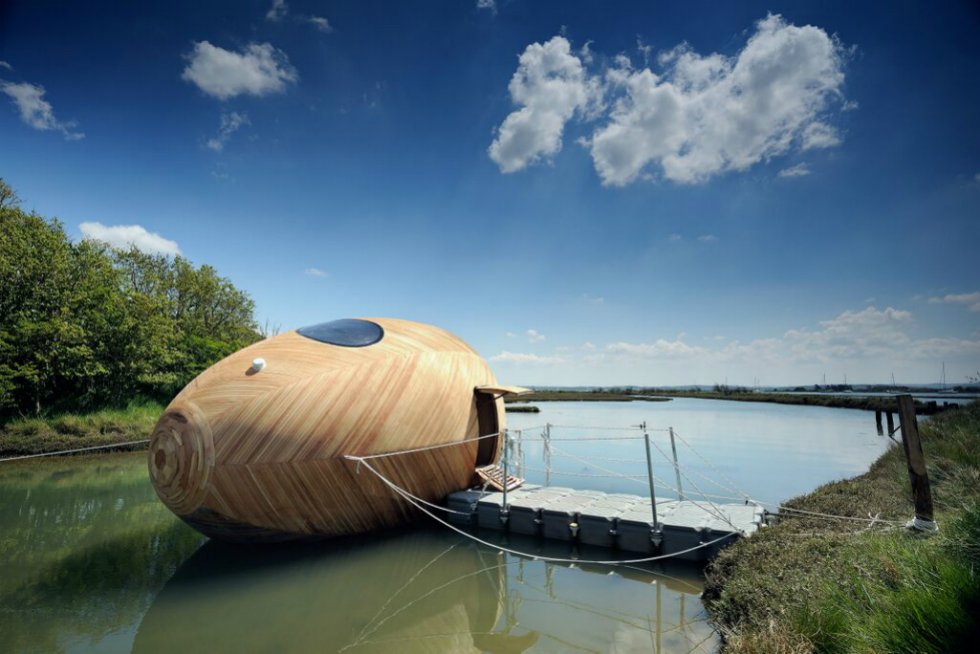
There is much to get excited about along the Leeds and Liverpool Canal, says Jack Welsh; here, he investigates a huge new arts programme being created — and facing multiple challenges — along its towpaths…
In May this year, BBC Four screened All Aboard! The Canal Trip, a two-hour, real-time boat journey down the Kennet and Avon Canal. Intrigued viewers were treated to a picturesque voyage, accompanied by tranquil sounds of birdsong and flowing water, taken in a single unedited shot. This experiment in ‘unhurried television’, inspired by the phenomenal success of Scandinavian Slow TV, tapped into the ‘slow movement’; a reaction to the fast-paced and impersonal nature of modern capitalist culture. While encouraging audiences to sit back, watch and unwind, All Aboard! subtly highlighted the crucial role that the waterways played in forging Britain’s industrial empire.
Ian McMillian’s poem Super Slow Way (written for a Canal & River Trust Project called Locklines) reflects how the Leeds and Liverpool Canal, as the lifeblood of the Industrial Revolution, transformed Pennine Lancashire. In its heyday, the canal was the main artery that pumped large quantities of cotton, coal, wool and other cargo across the region, fuelling economic growth and social mobility. This process of rapid industrialisation created new urban centres along the canal with towns such as Blackburn and Burnley, crammed with bustling mills and factories, rising to prominence and cementing Lancashire’s position at the heart of the Industrial Revolution and global commerce. Today, Britain’s canal network is recognised as a conduit for leisure, more associated with dog walking than capitalist enterprise.
Super Slow Way is also the apt title for a new arts programme inspired by the most successful long-distance canal in the UK. Its direction will be shaped by the people of Pennine Lancashire working in collaboration with local, national and international artists and arts organisations. This proposal was awarded a £2 million grant by Arts Council England’s Creative People and Places (CPP) programme, a major funding stream aimed at increasing arts participation in ‘cold spots’; areas deemed as significantly below the national average. Pennine Lancashire — Blackburn with Darwen, Burnley, Hyndburn and Pendle — has some of the lowest culturally engaged districts in the country.
Despite these statistics, a history of community arts engagement exists within the region, exemplified today by the work of Burnley Youth Theatre, In-Situ, Horse and Bamboo Theatre and Mid Pennine Arts. They form part of Arts Partners in Pennine Lancashire (APPL), a partnership of several independent cultural organisations specialising in socially engaged practices. Led by the Canal and River Trust, Super Slow Way’s consortium model, which includes APPL, is designed to encourage strategic partnerships aimed at strengthening the cultural infrastructure of a region badly shaken by the National Portfolio Organisation cuts in 2011. There are signs this has already begun to happen. APPL formed after the funding success of the Super Slow Way proposal, resulting in a new cohesive independent voice in the region.
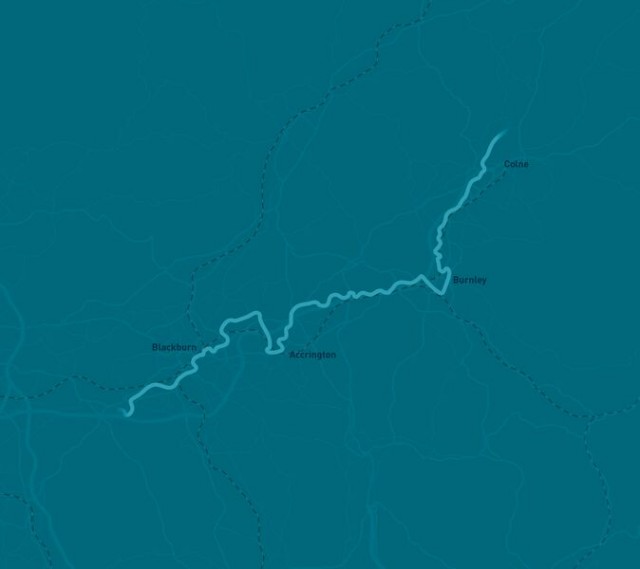
Tim Eastop, Arts Development Manager at the Canal & River Trust, is responsible for delivering Arts and Waterways, a collaborative arts programme situated on and inspired by Britain’s waterways. Speaking to him, it’s clear Eastop considers canals and rivers as natural sites for cultural activity. “To me, as an arts producer and curator, canals are really a network of cultural capillaries that have potential to carry ideas but also — literally — to carry new works of art to places where the arts traditionally haven’t been able to reach.” As custodian of ‘Britain’s longest art gallery’ (according to writer Richard Fairhurst), the Trust collaborates with partners, from the Landmark Trust to the BFI, to deliver such projects as Antony Gormley’s LAND sculptures, and The Floating Cinema, a programme of on-board film screenings, performances and events celebrating local heritage along the Kennet and Avon Canal.
Similarly, Eastop believes Super Slow Way can reconnect local communities to the Leeds and Liverpool Canal. “Because of its historic role, [the canal] has had its back to the community without meaning to, and the community to the canal. We thought it is a tremendous opportunity to lead an equal consortium to address this, benefiting the arts in Pennine Lancashire and the waterways.” While the consortium has unlocked Arts Council cash, Eastop hopes the money proves a catalyst for sustainable change in the region. “The idea is that the money is multiplied into something much more long-term: a match that ignites and renews arts, culture and the waterways in the region. Hopefully that will bare fruit over ten years.”
To drive the project forward, the Trust has appointed Laurie Peake: previously director of projects and programmes for Liverpool Biennial, Peake is renowned for her experience in facilitating collaborations between artists and the public, and in delivering projects defined by rich social engagement and regenerative impact. She was instrumental in commissioning major public artworks including Richard Wilson’s Turning the Place Over, and Jeanne van Heeswijk’s acclaimed 2 Up 2 Down project in Liverpool.
I met Peake at a drab Canal & River Trust office in Burnley, overlooking the water. Over the last several months the programme has been building up momentum behind the scenes. Peake, who was born in Barrowford, a small village near Nelson, understands the area’s distinctive local identities and its cultural infrastructure.
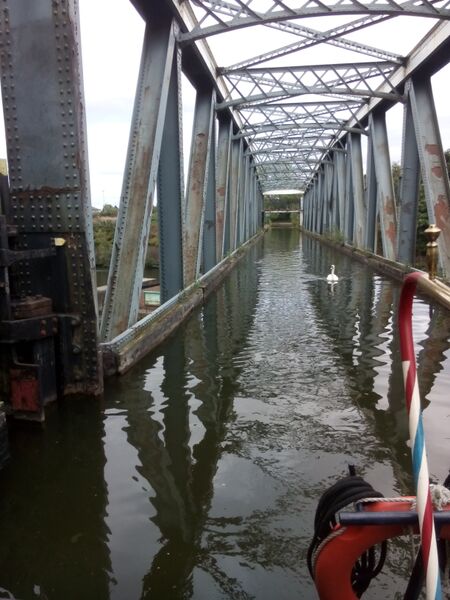
“We’re very much focused on collaboratively engaged practice and co-production with the community”, Peake told me. “In some CPP-funded areas there’s next to no art infrastructure and they have to bring people in to deliver and produce. However, there is an existing infrastructure here. Yes, it has had a pummeling over last few years but it’s still there. I really want to use the project to inject some ambition back in it.”
This ambition is clearly evident in Super Slow Way’s recently announced opening programme. A solid mix of art world players and socially engaged projects will pique attention across the board. It launches with idle women, a touring, floating arts centre founded by Rachel Anderson and Cis O’Boyle. Inspired by the nickname of the women who took over operation of the Inland Waterways during World War Two, the boat will host a series of artists-in-residence, workshops and events for women. Karen Mirza, the first artist in residence, will hold a Gossip, an overnight gathering for women to meet, generate and share ideas. Stephen Turner’s environmentally sustainable workspace The Egg will be shored in Burnley in 2016, serving as a catalyst for a local environmental project. The Super Slow Way Symphony is a musical homage to the Leeds and Liverpool Canal to mark its bicentennial. Composed by Ian Stephens, the piece will be debuted simultaneously at three sites in Liverpool, Blackburn and Leeds on 16 October 2016, featuring musicians from the Royal Liverpool Philharmonic Orchestra to local community choirs.
Three core themes underpin Peake’s artistic programming: manufacturing past and present, the natural environment, and the digital world. Each theme is inspired by, but not limited to the canal, signaling the potential for projects away from the towpath. Nonetheless, the canal represents a crucial metaphor to explore wider social and political issues relating to the region. Peake sees the historical and contemporary link with regional manufacturing being explored through new collaborations between artists and the region’s current key industrial sectors, such as aerospace and nanotechnologies. The wider digital strand is based on what Peake calls ‘the Information Superhighway’ — miles of fibre optic cables lying beneath the canal towpaths that connect the region with the rest of the world, as the canal once did. Despite the shift, there are clear synergies between the tranquil and industrial canal; fibre optic cables are the contemporary manifestation of the telegraph poles that hugged the canal in the 1800s.
A walk alongside the canal, and above the fibre optic cables, took me to meet Ruth Shorrock at a Super Slow Way Ideas Café event in Nelson. These events are platforms to meet local communities — a necessity, as Shorrock explains. “As community coordinator, one of my most important roles is building up trust in people to think differently. It’s vital to come to places and talk to people, not just about art but social issues – what’s important to the people living in these areas?”
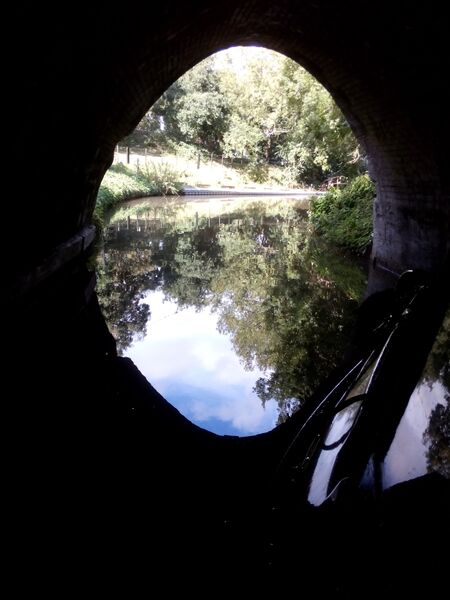
By visiting community gateways, such as libraries and cafes, Shorrock hopes to lay the groundwork for future conversations and projects on the ground. These ideas may germinate over a cup of tea or with an artist invited to work directly with a particular community. However, the term ‘community’ is in itself problematic. With no agreed concrete definition, the criteria for defining local communities is subjective, which, unless approached mindfully, can exacerbate existing dualities between social inclusion and exclusion.
A major challenge facing the programme is approaching the rich cultural diversity of Pennine Lancashire. In the 1960s, a large diaspora of Indians and Pakistanis immigrated to work in the textile mills in towns such as Blackburn and Burnley. While these figures peaked in the 1980s, established Asian communities account for over 13% of the region’s total population. However, these tight-knit communities are often segregated, occasionally causing racial and social tension. Peake is acutely aware of these cultural sensitivities.
“There has been an unwillingness to tackle what is obviously becoming an increasingly problematic cultural divide. Unless we name it and raise the debate, how are we going to tackle it? That’s a real but exciting challenge. I’ve been on a six-month learning curve trying to understand the complex demographic make-up of the area. Multi-ethnic, and within that, multi-faith; divides within divides.”
Shorrock also recognises the right approach to engagement is essential: “A one size all approach won’t work. We plan to set up steering groups with key gatekeepers of Indian, Bengali, Hindu and Pakistani communities. We also need to consider simple things, like how to market events for each audience: how many languages are flyers required in?”
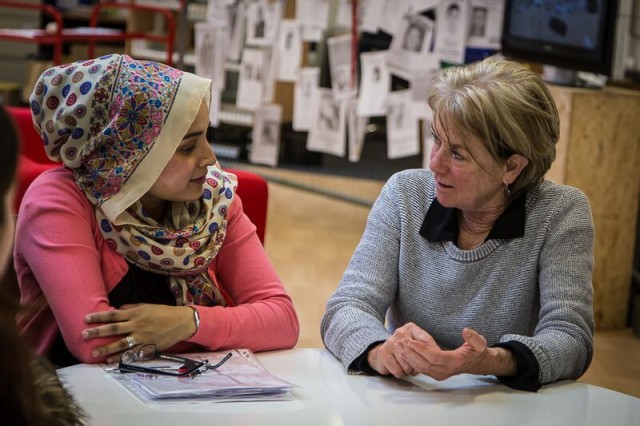
Speaking to Shorrock and Peake, it becomes apparent that the region’s low cultural engagement statistics perhaps aren’t as robust as they first appear; taxonomies that don’t account for the cultural idiosyncrasies of communities. Peake is enthused by working with these communities and bringing them to the fore. “What’s really exciting – the penny dropping in my mind — is that these communities live their culture in everyday life; the way they eat and dress, their actions and rituals. They do not make the distinction between doing something cultural and their daily life. However, their cultural activity doesn’t get airspace; it’s really crucial for this programme to address that.”
As gatekeepers to their local communities, the APPL delivery partners will play a key role in developing new cultural activity in the region. The aforementioned In-Situ is an artist led collective working with the people and the natural and built environment of Pendle. Director Paul Hartley has been a pivotal figure in leading creative community engagement across the region. “We sometimes find people don’t even know they’re working with an artist due to the way we’re doing it,” he says. Assimilating into the day-to-day lives of the local community has produced diverse projects at In-Situ; a chance meeting in Brierfield Working Men’s Club led to an exploration of Northern Soul culture in the region called Recorded Soul.
By adopting a conversational approach to engaging in everyday community life, Hartley believes that art can positively impact people’s lives. “We’re still very interested in the role that art and artists play in the challenges of community in everyday life, such as poverty, unemployment and the multi-cultural aspects of communities. I’m not saying the arts can solve these issues but they can play a part.”
In-Situ’s In Residence programme was established to tackle the lack of opportunities for people in Pendle to engage with artists and challenge the local mindset that art ‘belongs’ to cities such as Manchester and Liverpool. Hartley explains how Super Slow Way is supporting In-Situ’s work. “Laurie’s [Peake] quality and experience is helping to create a sense of ‘stepping up’ in the area. We’re up for it – it’s what’s driving these conversations and pushing us: we want to be as valuable as the names coming in.”
And it’s quite a name. Suzanne Lacy has been invited to develop a new commission for the In Residence programme entitled Shapes of Water, Sounds of Hope. Focusing on a simple form of incantation poetry, which will be written by local communities, the work will be inspired by Shape Notes, America’s most ancient form of choral music; a group activity that enabled congregational and community singing in domestic settings. Like Lacy’s renowned mass choreographed events, the traditional positioning of Shape Notes singers, seated inwards in a hollow square, promises to provide a social spectacle for the mass participation event in Brierfield in 2016. As a proponent of socially engaged practice, Hartley is thrilled to be working with Lacy. “If we do this in Pendle, it will be a major event. This has never happened here before; Super Slow Way and Suzanne could make it happen.”
Commissioning Lacy is a clear artistic statement of intent. A pioneer in socially engaged practice, Lacy coined the term ‘new genre public art’ to describe artworks that, often activist in nature, directly engage with broad and diversified communities about issues pertinent to their lives. Peake considers this crucial to Super Slow Way’s ultimate success.
“If you’re having authentic conversations and getting to what’s important in people’s lives” Peake tells me, “[and] if you find an artist who is willing to engage genuinely in that conversation, then in my experience, those conversations are always rich and fruitful. Yes, there’s often clashes of ideology and understanding but that’s part and parcel of that richness; that’s where really great art experiences lie.”
Hartley concurs: “The criticality lies in the ongoing conversations, ideas and processes; that’s the artwork.”
Lacy champions inclusivity and multicultural representation, which can empower participants by firmly embedding them within the work. From orchestrating a — still acutely relevant — ten-year series of installations, performances and political activism with youth in Oakland, California (The Oakland Projects (1991-2000)) to an unscripted performance of four hundred older women sharing oral histories of feminist activism at The Tanks at Tate Modern (Silver Action (2013)), Lacy constructs works defined by dialogical communication between artist and participant throughout, culminating in an aesthetic and performative set-piece. By embracing a discursive methodology embedded within a regional context, Super Slow Way has the potential to critically address wider social and political issues that lie beyond the canal; where its greatest potential lies.
There is much to get excited about with Super Slow Way. While still in its infancy, there is a clear sense of mission and purpose here. Any concerns of instrumentalist box-ticking dissolved rapidly during conversations with key actors. A shared enthusiasm and genuine commitment to the region is matched by a wealth of experience, which suggests that key challenges, such as developing the regional cultural infrastructure and connecting with diverse — and often gated — communities, can be positively tackled. In Peake, Super Slow Way has the perfect director, a formidable mix of artistic vision and local sensibility. As Peake says: “Why can’t great art happen here in Pennine Lancashire?”
Jack Welsh is a researcher, writer and artist based in Liverpool
This article has been commissioned by the Contemporary Visual Arts Network North West (CVAN NW), as part of a regional critical writing development programme funded by Arts Council England — see more here #writecritical
The Super Slow Way programme is online: superslowway.org.uk
Karen Mirza’s event The Gossip is free and open to all women to attend. Registration by emailing gossip@riseup.net is essential and will provide further information about location and times — keep up to date via Twitter @idle_women
Watch Ian McMillan read Canal Life
Images: from top: Stephen Turner’s Exbury Egg, western red cedar, marine ply, recycled wood, resin and perspex, 6m x 3m, 2014, courtesy the artist and The Artists Agency; the Super Slow Way Map; idle women, a touring, floating arts centre founded by Rachel Anderson and Cis O’Boyle; and artist Suzanne Lacy in Brierfield library (photo: William Titley).
Video: Suzanne Lacy’s The Oakland Projects (1991-2000)





